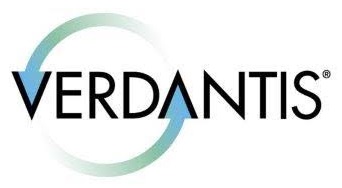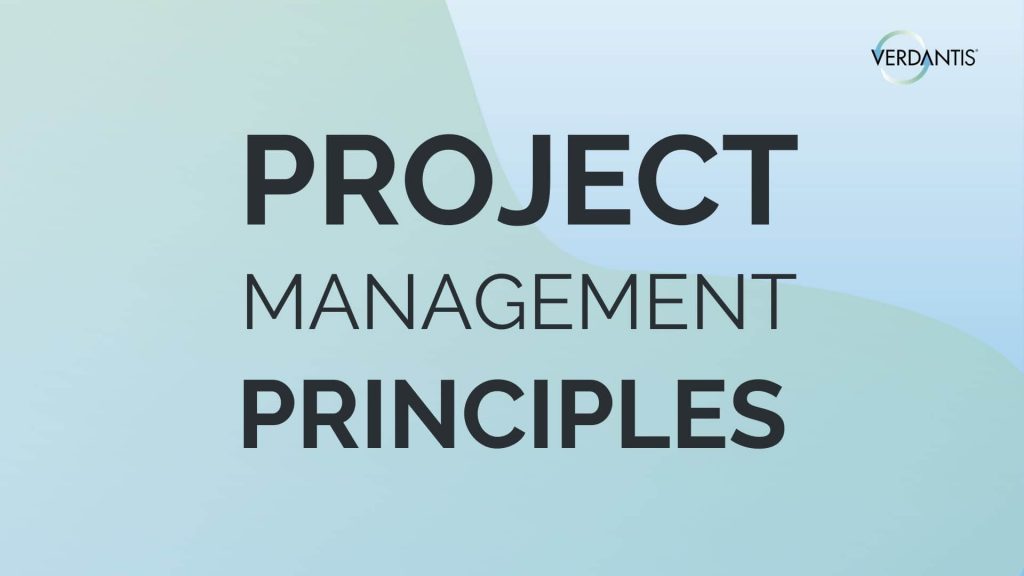What is Sustainable Development?
It has been defined in many different ways, but the most frequently quoted definition is from Our Common Future, also known as the Brundtland Report, which states — “Sustainable Development is a development that meets the needs of the present without compromising the ability of future generations to meet their own needs.”
According to the International Institute of Sustainable Development, (IISD), the concept of Sustainable Development (SD) attracted worldwide attention following the publication of the “Brundtland Report” by the World Commission for Environment and Development in 1987 and international interest in this report culminated in the 1992 United Nations Conference on Environment and Development (UNCED) in Rio de Janeiro (aka the
‘Earth Summit’), where the Rio Declaration was signed by 153 nations. By signing the
Rio Declaration, the European Union (EU) committed itself to draw up a cross-sectoral
SD strategy. In 2001, the European Council decided on the first EU Strategy for
Sustainable Development, which was renewed in 2006. The United States has no single SD policy document or process in place. The governance mechanisms in the US are mainly coordinated through partnerships and agencies and subordinated to individual states. Canada has assigned SD responsibility to individual government departments and agencies. Recently, China started to turn its attention to sustainable development issues. In 2002, India outlined a detailed study entitled, “Empowering People for Sustainable Development” (EPSD), and the National Five-Year Plan outlines the main development trends for the whole country.
How does Sustainable Development apply to business?
With the adoption of SD policies by so many countries around the world, businesses have committed themselves to implement SD principles through active corporate engagement that goes beyond just legal or regulatory compliance. In the last 25 years, more than 250,000 companies worldwide have implemented and certified environmental management systems following ISO 14001 requirements. The European EcoManagement and Audit Scheme (EMAS) has been implemented by about 4,500 organizations in Europe. In 2010, approximately 1,500 companies published sustainability reports based on the Global Reporting Initiative (GRI) “Sustainability Reporting Guidelines.” Among others, banks and funding authorities play an important role in establishing and disseminating these procedures for impacts on the environment and on society.
Can Project Management principles be applied to Sustainable Development?
Since SD is a relatively new management paradigm relevant to project management, companies must first assess how SD principles can be applied to their customers, employees, and communities relative to their specific business arenas. Project management practitioners can then use these findings to develop comprehensive programs that follow the adopted SD principles and integrate their tools and methodologies into them. Because SD projects can span a wide spectrum with regard to length (from short to long-term) and geographical focus (local, regional, or global), they must strike the right balance between short-term affordability and long-term adaptability. They must also be designed for evolvability to help teams deal with unique project characteristics. Although the long-term orientation of SD can often contradict the short and mid-term objectives of projects, this can be resolved with the understanding that projects can collectively contribute to realizing long-term investment objectives.
From PMI Academia: Summaries of New Research for the Reflective Practitioner
VerdantIS can help companies plan and manage their programs by following sustainable development principles and meeting their corporate social responsibility objectives.

